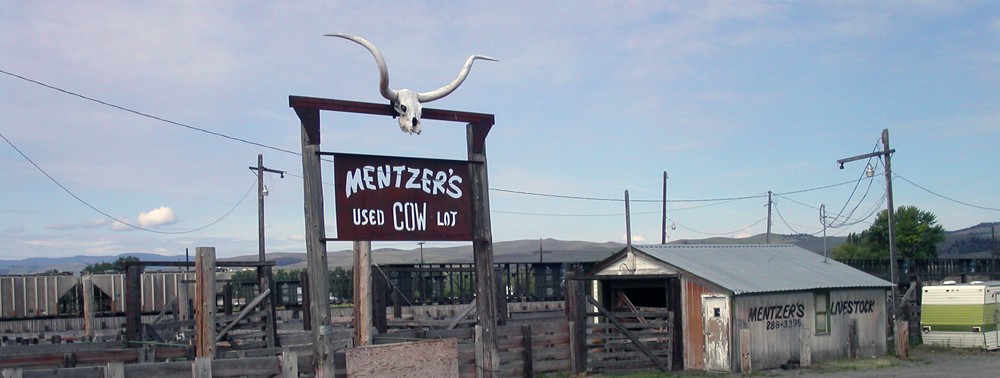 Fridays are tour days for folks who attend the Society for Industrial Archeology’s annual conferences. This year’s conference was in Portland, Me., and I signed up for the urban tour: Portland. Stops included a high-tech chicken processing plant and a manufacturer that produces specialized generated rotor (gerotor) parts for pumps. The Portland Narrow Gauge Railroad Museum located in the historic Portland Company complex in the city’s Eastern Waterfront district was another stop. The most memorable site for me wasn’t on the itinerary, though.
Fridays are tour days for folks who attend the Society for Industrial Archeology’s annual conferences. This year’s conference was in Portland, Me., and I signed up for the urban tour: Portland. Stops included a high-tech chicken processing plant and a manufacturer that produces specialized generated rotor (gerotor) parts for pumps. The Portland Narrow Gauge Railroad Museum located in the historic Portland Company complex in the city’s Eastern Waterfront district was another stop. The most memorable site for me wasn’t on the itinerary, though.
After a ride along the 19th-century rail corridor, I slipped away from the other SIAers who spent an hour in the railroad museum. I set out to get some photos of an urban landscape in transition via gentrification and redevelopment. On my way back to the museum, I detoured to a side area in the Portland Company complex where I saw a sign for The Portland Forge. A couple of hundred feet down a narrow alley formed by the brick Portland Company buildings on one side and Portland’s 19th-century seawall on the other I met blacksmith Sam Smith, The Portland Forge’s proprietor and a business owner facing possible displacement by encroaching gentrification.


